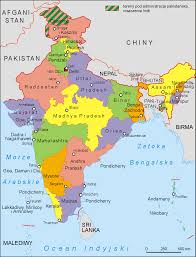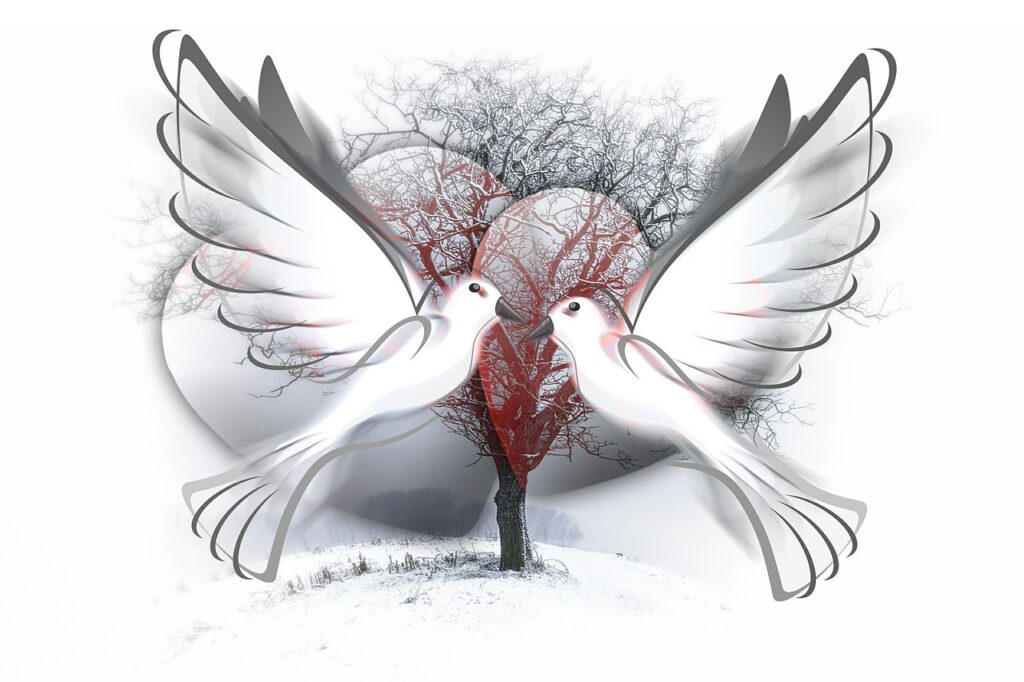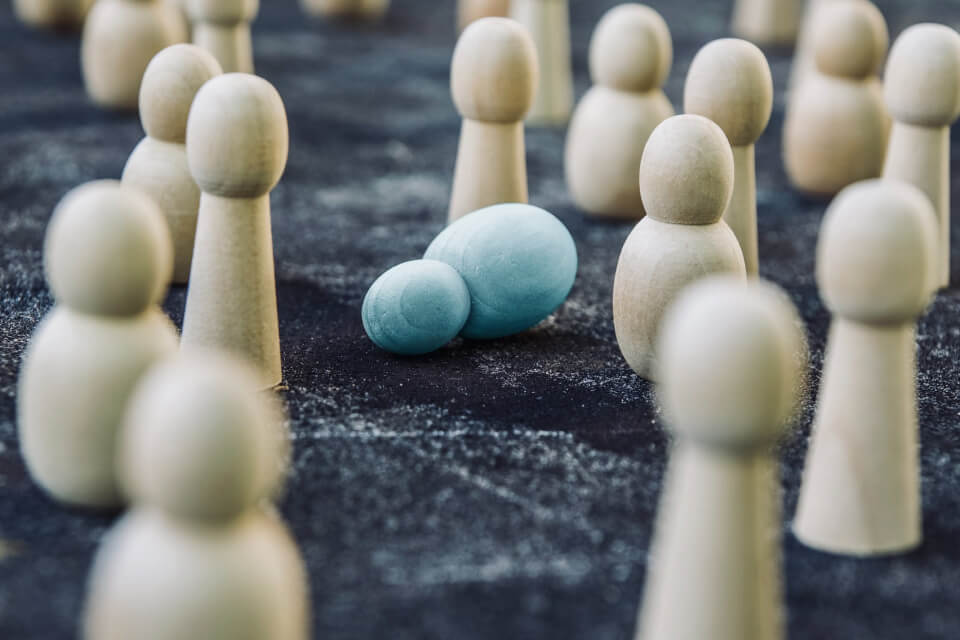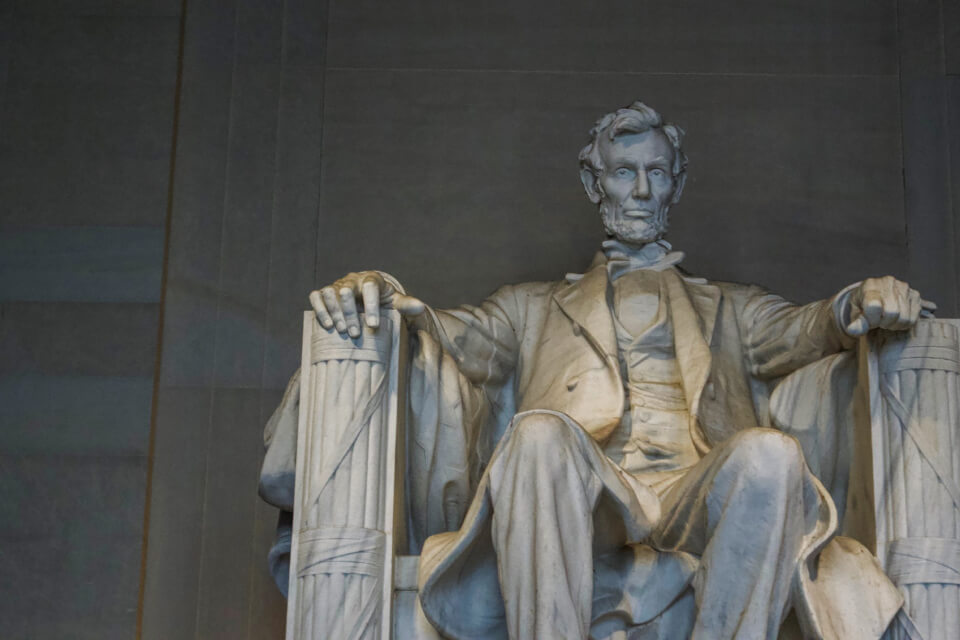

1. A Shared History, A Painful Separation
🔹 Before 1947
India and Pakistan were once one nation. People lived side by side—Hindus, Muslims, Sikhs, Christians. They celebrated festivals together, ate the same food, and spoke the same languages. Lahore was as much a cultural hub for pre-partition India as Delhi or Calcutta.
🔹 Partition’s Wounds
The division in 1947 wasn’t just political—it tore families apart. Trains crossed borders with corpses. Neighbors became enemies overnight. That trauma still lives in the memories of grandparents, in old photographs, and in half-finished letters.
2. What War Has Brought Us
⚔️ Loss of Young Lives
Every war and skirmish—1947, 1965, 1971, Kargil in 1999—has taken away soldiers in their twenties. Brave men, yes. But also sons, brothers, and fathers. Their dreams never got a chance.
🧨 Terrorism & Retaliation
Attacks like Mumbai (2008) and Pulwama (2019) created grief on one side and anger on the other. The blame game fuels hatred, and once again, it’s ordinary people who live in fear—of bomb blasts, military escalations, or even digital hate.
💸 Economic Damage
Both countries spend billions on defense. Imagine if that money was spent on education, healthcare, or clean water. Wouldn’t it serve the people better than a new missile or fighter jet?
3. What Love Can Achieve
💞 People-to-People Connection
- Indian and Pakistani artists admire each other.
- Food vloggers cross borders through YouTube, sharing the joy of biryani and kebabs.
- Cricket fans may cheer for different teams but often respect great players from the other side (e.g., Kohli in Pakistan, Babar in India).
📚 Cultural Bonds
- Bollywood is loved in Pakistan.
- Coke Studio Pakistan is adored in India.
- Urdu and Hindi, when spoken without borders, are almost the same. Poetry, music, and storytelling are bridges, not walls.
4. Who Really Wants War?
❌ Not the Common Man
The average citizen wants peace so they can work, earn, raise kids, and grow old in dignity. No one wants to bury a son or evacuate a city.
❌ Not the Soldier
Even soldiers—those trained for combat—know the value of peace. Many war veterans on both sides have expressed that the real battle is not on the battlefield, but in building understanding.
❌ Not the Youth
Young generations are more connected through the internet. They share memes, music, gaming, and dreams. They ask: Why are we still enemies?
5. The Role of Politics and Media
🧠 Manufactured Hatred
Sometimes, politicians use the idea of an “external enemy” to distract from internal failures—be it inflation, unemployment, or corruption.
📺 Media’s Influence
Certain news channels fuel outrage, not understanding. Headlines shout war, but seldom whisper the pain of mothers or the laughter of children. Hate sells, and peace is often too quiet.
6. A Vision for the Future
✨ What If…
- We eased visa rules for families to reconnect?
- We encouraged trade that benefits both economies?
- We had open sports tournaments, academic exchanges, and more cultural festivals?
🕊️ Peace Is Power

Peace isn’t weakness. It’s strength. It’s the courage to choose conversation over conflict. It’s the boldness to say: “We’ve bled enough. Let’s build instead.”
Final Thoughts: From the Heart of a Common Man
I don’t have power, weapons, or a title.
But I have hope.
And I believe a mother in Karachi and a mother in Jaipur want the same thing:
To see their children smile, safe and free.
As a common man, I choose love.
As a human, I reject hate.
As a voice among many, I say:
Peace between India and Pakistan is not just a dream. It’s a necessity.
comment if you like. I ill share current war actual affects.


